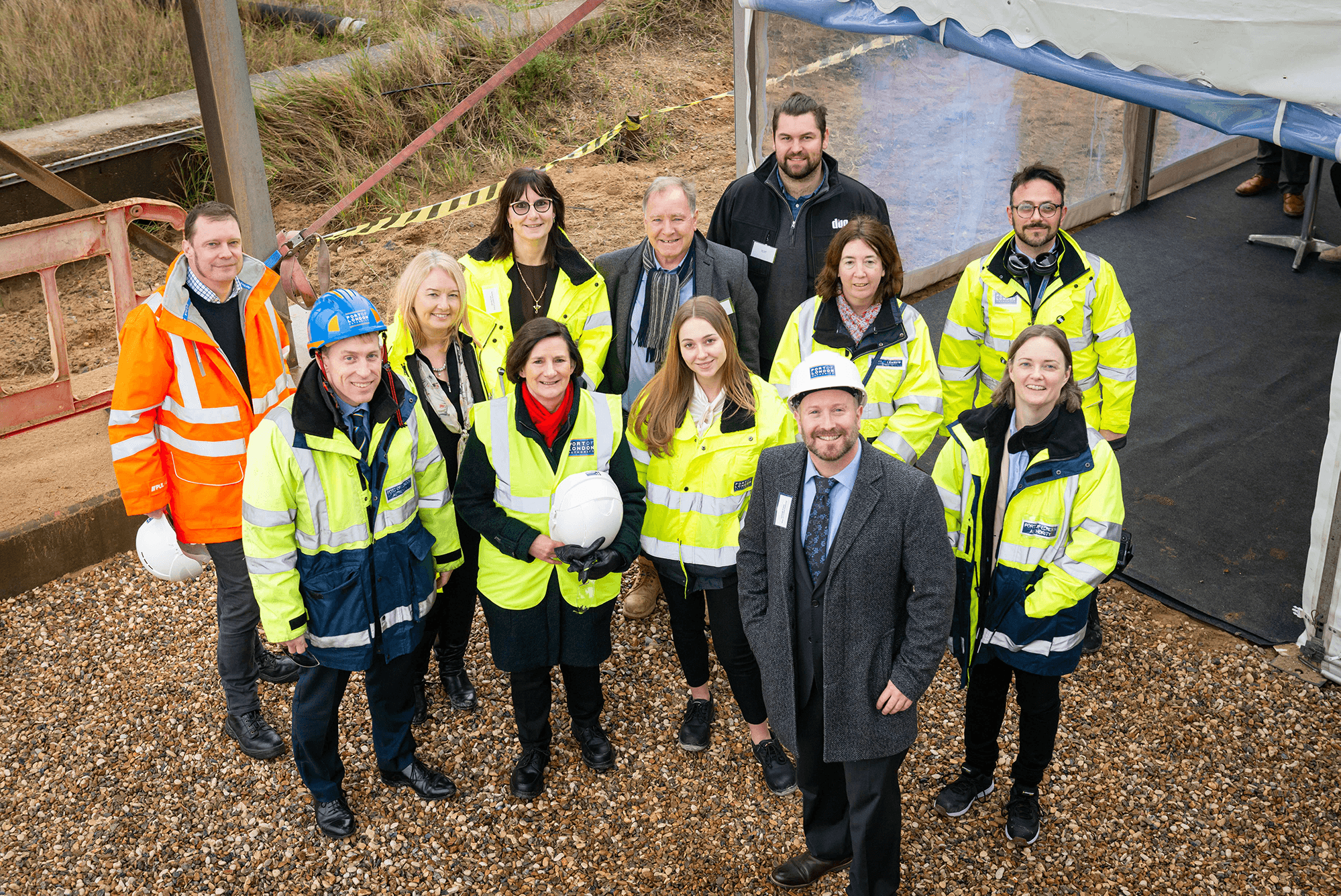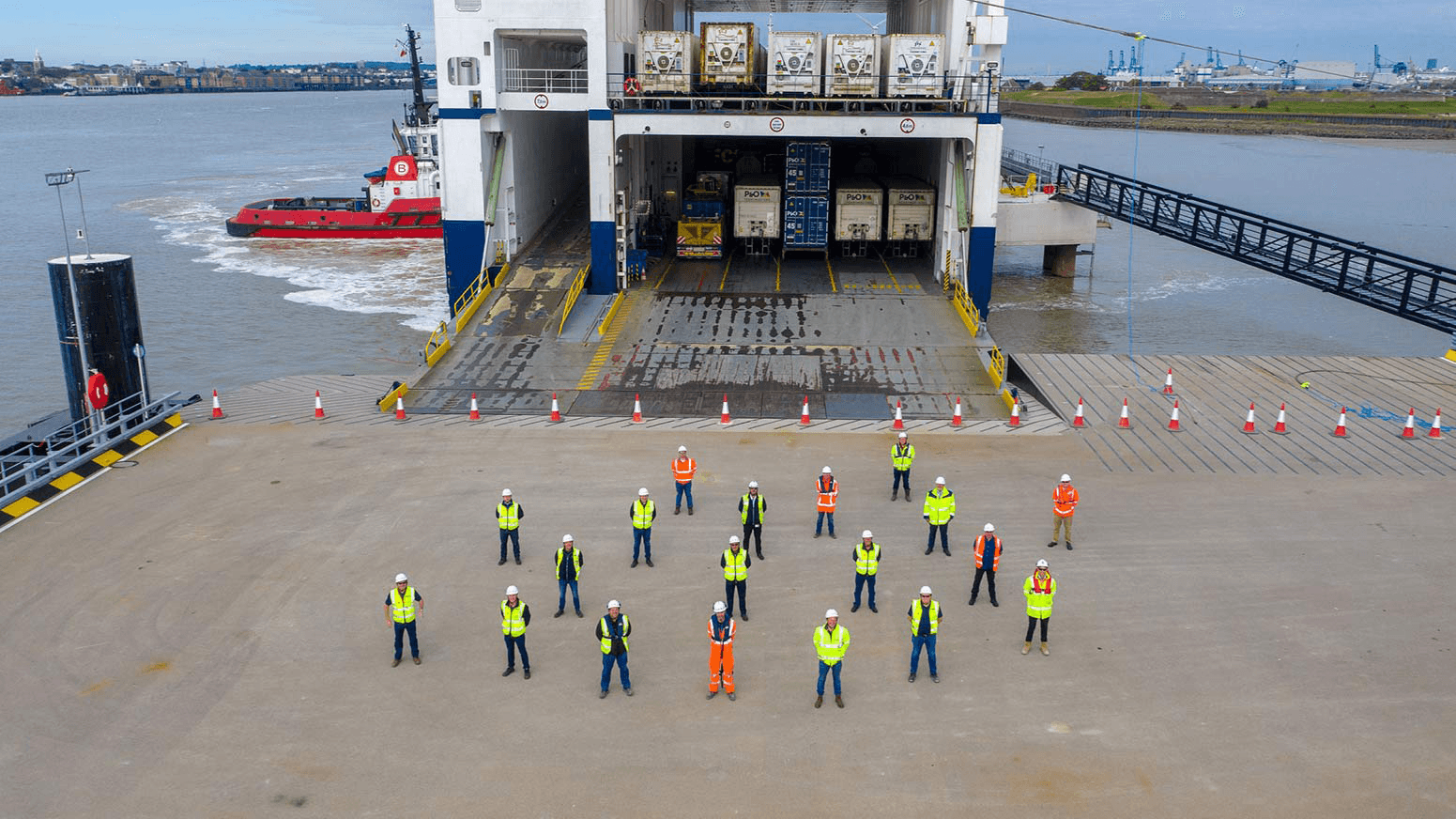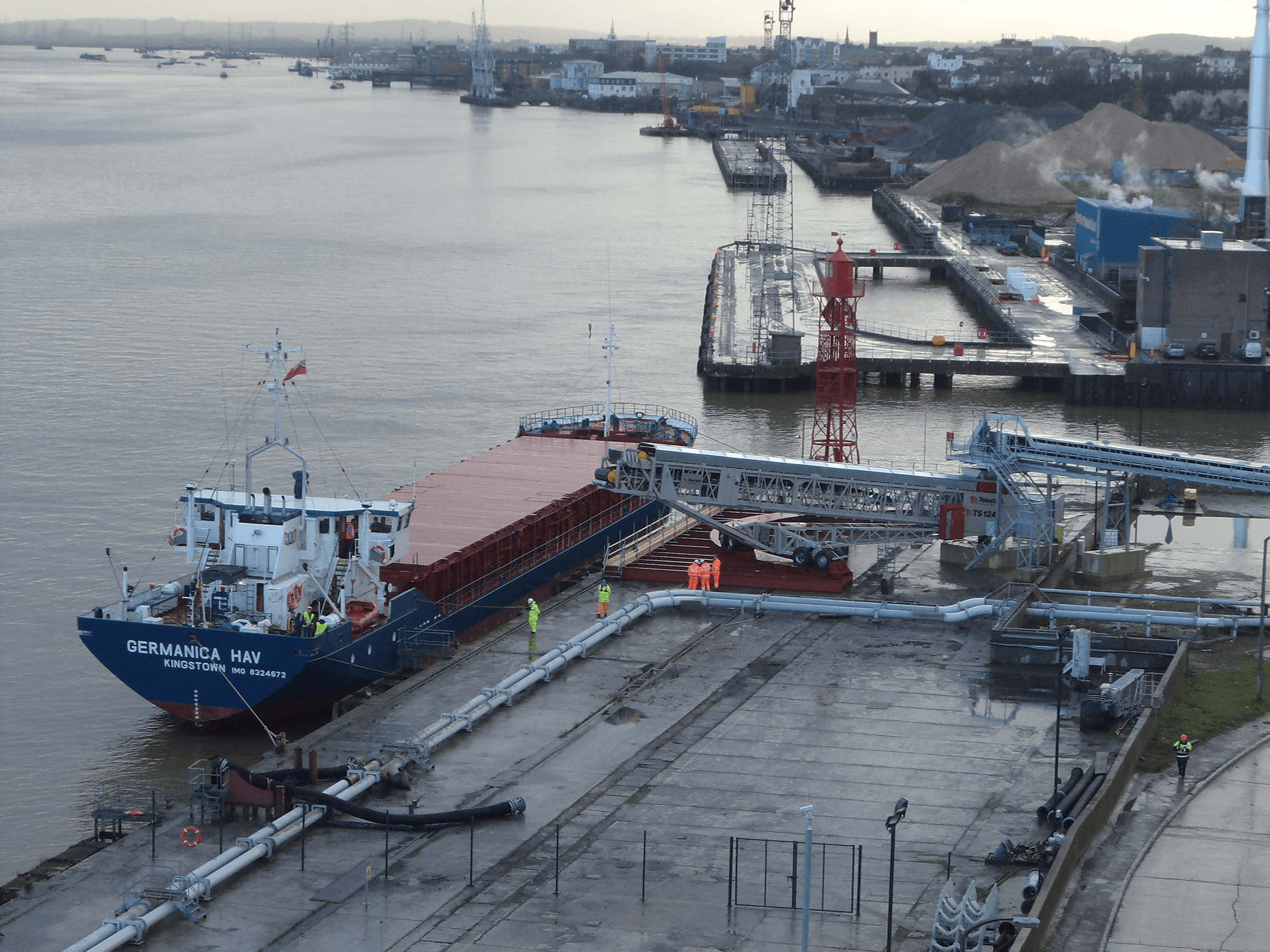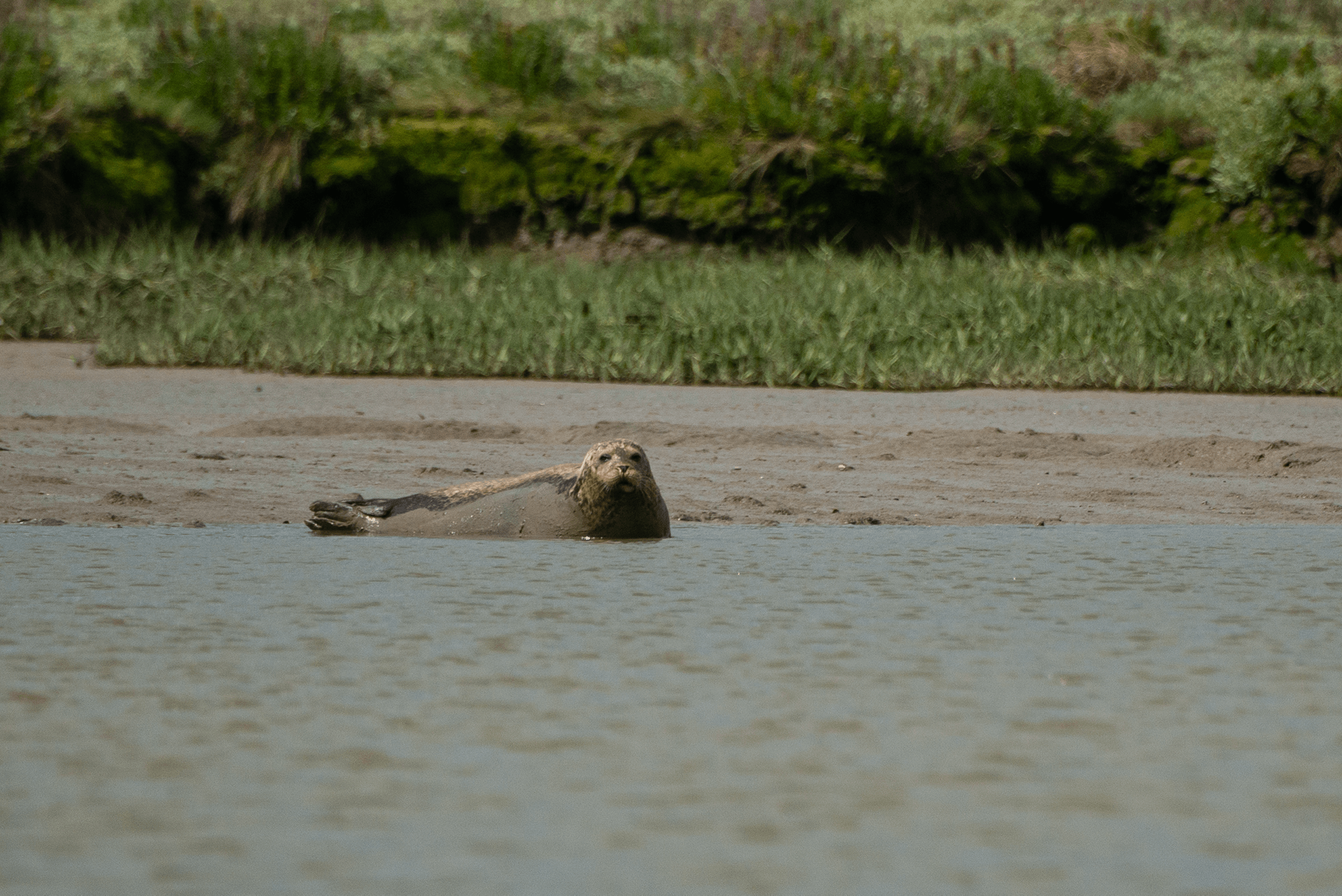What is the Port of London Authority
As a trust port, the Port of London Authority has no shareholders and operates for the benefit of our customers and stakeholders now and in the future. Our operations cover 95 miles of the River Thames, from Teddington to the North Sea. We work to keep commercial and leisure users safe, protect and enhance the environment, and promote the use of the river for trade and travel.

The River Thames is home to the UK's largest port. In 2020, the Port of London handled 47.4 million tonnes of cargo, ensuring that essential supplies were delivered uninterrupted to supermarkets, factories, forecourts and hospitals. Find out more.

The tidal Thames is the busiest inland waterway for freight and passenger travel in the country, pulling hundreds of thousands of truckloads off the region's roads every year. Find out more.

The Port of London employs more than 40,000 people and contributes in excess of £3 billion to the economy. Find out more.
Despite the pandemic, our dedicated and professional pilots guided more than 11,000 ships into the Port of London's cargo facilities in 2020. Find out more.
We remove 200 tonnes of driftwood and rubbish from the river each year to help protect the thriving Thames habitat, home to 125 different species of fish, 3,000 seals and more than 300,000 overwintering birds. Find out more.

The PLA runs Britain's biggest, most modern Port Control Service, which oversees the safe movement of 230,000 commercial and leisure vessels each year. Find out more.
The crucible of British rowing talent, host to many world-renowned boat races and a growing destination for sports activities for Londoners. Find out more.

The Thames is home to four UNESCO world heritage sites, all of them accessible by river. Find out more.
The PLA's Air Quality Strategy for the tidal Thames was the first for the UK port industry when released in 2018. Since then, we have committed to more than halve our carbon emissions relative to the 2014 baseline by 2025, and reach Net Zero by 2040 or before. Find out more.
We actively encourage innovation in support of the environment investing in habitat restoration and launching programmes to investigate tidal energy, alternative fuels and emissions reduction. Find out more.


